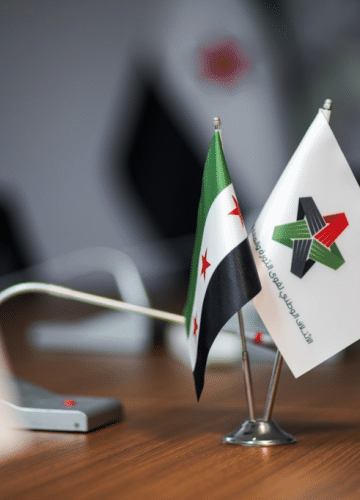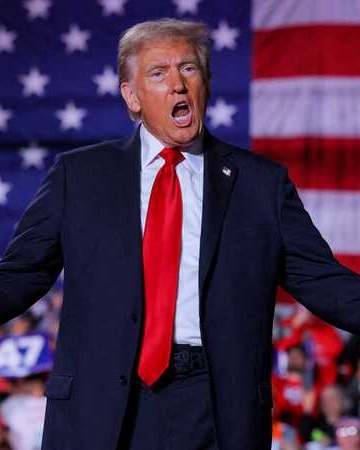4 central banks in the Gulf region raised basic interest rates following the Federal Reserve (US Central Bank) raising the target interest rate by a quarter of a percentage point, and the dollar declined as the bank threatened to stop the series of monetary tightening.
And the US Central Bank raised the interest rate by 25 basis points, on Wednesday, to reach a level between 5% and 5.25%, in the tenth consecutive increase since March 2022, but hinted that it might refrain from further raising.
The central banks of Saudi Arabia, the UAE, Bahrain, Qatar and the Sultanate of Oman increased interest rates by 25 basis points.
The oil and gas exporting countries in the Gulf tend to follow the path of the US Central Bank in interest rate movements, as most of the region’s currencies are pegged to the dollar.
Justin Alexander, director of Gulf Economics, said the impact of raising interest rates on credit growth and non-oil activity in the region has been limited so far.
Alexander, also an analyst specializing in Gulf affairs at Global Source Partners, added that “another 25 basis points will not make much difference,” and that “interest rate expectations are more important and it seems that we may be close to the peak.”
Saudi Arabia
The Central Bank of Saudi Arabia said in a statement that it decided on Wednesday to raise the rate of the repurchase agreement (repo) by 25 basis points to 5.75% and the rate of the reverse repo agreement (reverse repo) by 25 basis points to 5.25%.
Qatar
Qatar raised deposit, lending and repurchase interest rates by 25 basis points, bringing the deposit rate to 5.5% and lending to 6% and repurchase to 5.75%.
The UAE
The UAE Central Bank announced that it had decided to raise the base rate on overnight deposit facilities by 25 points, to 5.15%.
the two seas
Bahrain raised the base interest rate, bringing the interest rate on one-week deposits to 6%.
Sultanate of Oman
The Central Bank of Oman announced today, Thursday, that it has raised the interest rate on repurchase operations for local banks by 25 basis points, to 5.75%.
The US central bank’s decision sent the dollar broadly lower and Treasury yields lower, with traders taking the comments as a sign of a peak in US interest rates.
In light of weakness in Asian trading today, Thursday, the sterling pound rose 0.2% to its highest level in nearly 11 months at $1.25905, while the euro rose 0.20% to $1.1080, hovering near its latest peak in a year.
The dollar index fell in the latest reading 0.25% to 100.850 points, after declining by more than 0.6% in the previous session.
The cautious appetite for risk supported the Japanese yen, which represents a safe haven in market turmoil, as it rose about 0.1% against the dollar to 134.56.
The risk-sensitive Australian and New Zealand dollars reversed their earlier losses during Asian trade, rising 0.3% each to $0.6692 and $0.6249, respectively.




















